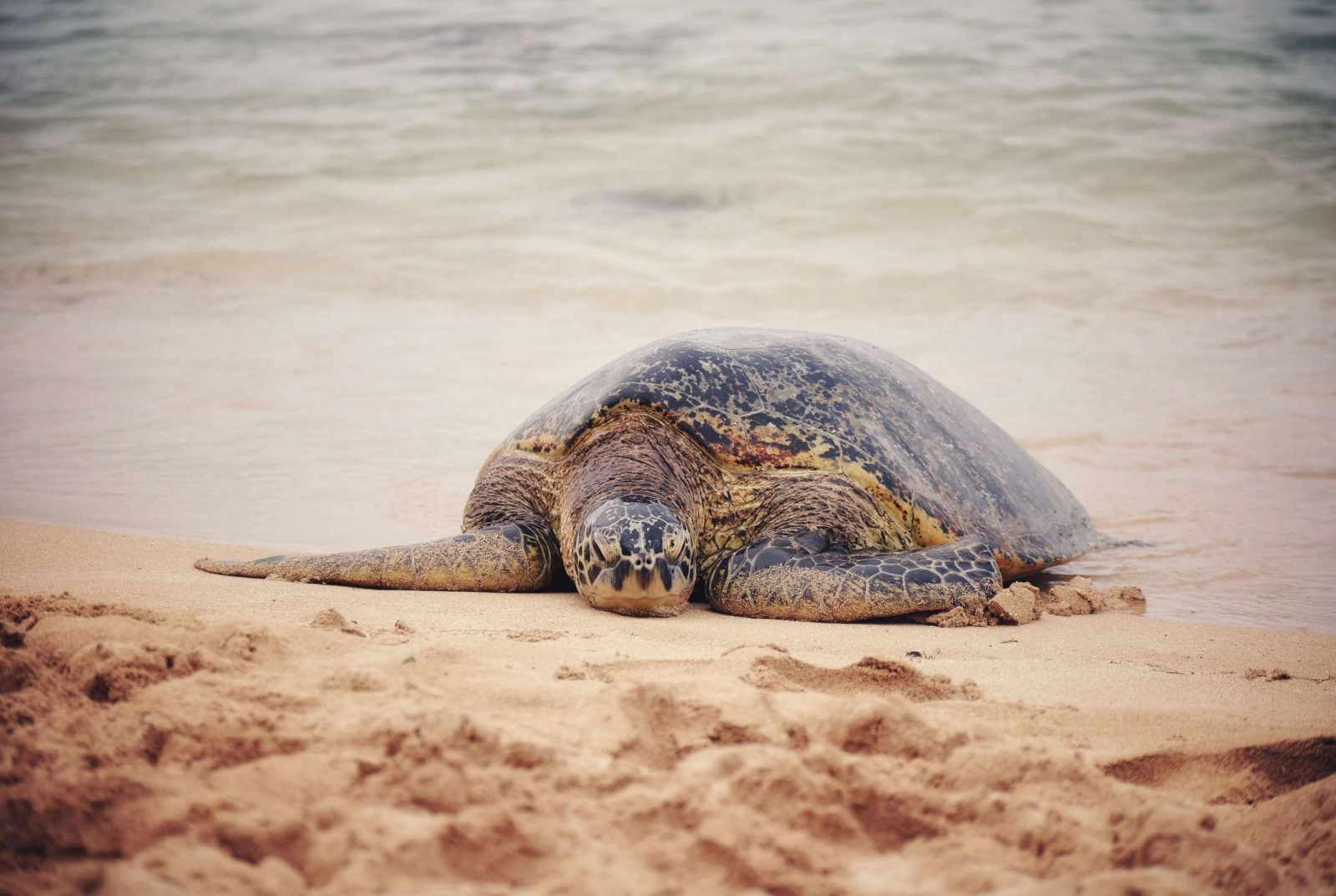Sri Lanka is an ideal country to include a Turtle Watching activity on your holiday itinerary. Out of the seven kinds of sea turtles, five species come to the shores of southern Sri Lanka for nesting purposes. Let’s talk about these species, the nesting process, and some details about where you can witness this exciting activity in Sri Lanka.
Five sea turtle species in Sri Lanka
- Olive Ridley Turtle
Although the smallest of its family, Olive Ridley Turtles are one of the most common types that you will see on the shores of Sri Lanka. September to November is their peak nesting period during which they appear in large numbers.
- Leatherback Turtle
Leatherbacks are the largest of sea turtles feeding almost exclusively on jellyfish. Sometimes they fall prey to plastic bags floating in the water, mistaking those for jellyfish. This plastic lines up around the turtles stomach, causing it to starve to death.
- Green Turtle
All nesting sites in Sri Lanka report to have seen Green Turtles – most popularly reported in Kosgoda and Rekawa. Green turtles usually nest all year round in Sri Lanka but from January to March seems to be their peak season.
- Hawksbill Turtle
With a hawk-like pointed beak and a colorful, overlapping scute, the Hawksbill Turtle is smaller in size compared to other marine turtles. Inside their flesh, these turtles are able to store toxins from jellyfish, sponges and crustaceans. This is why consuming their flesh is fatal.
- Loggerhead Turtle
These are the least common of all marine turtles that nest in Sri Lankan shores. As its name suggests, Loggerhead turtles have large heads and a pair of muscular jaws. Their carapace has a distinguishing color – varying shades of brown. The peak nesting season for these turtles is from November to January.
Turtle Watching locations in southern Sri Lanka
- Rekawa – is where the Rekawa Turtle Watch conservation project is located. 220kms from the Airport, it takes about 6 hours to reach Rekawa.
- Hikkaduwa – while this is a famous beach for surfing and diving, turtle watching is possible here too.
- Kosgoda – is where the Kosgoda Sea Turtle Conservation Project is located and is the closest location from the airport. Kosgoda is a small village, popular for top notch Ayurvedic spas and a calm holiday environment.
- Induruwa – more popular for surfing, but turtles have been seen on this beach too.
- Beruwala – just 80kms from the airport, a good location for a holiday on one of the best beach resorts in Sri Lanka; and while you are at it, enjoy turtle watching as well!
Sea Turtle Conservation Projects
The Rekawa Turtle Watch and the Kosgoda Sea Turtle Conservation Project are two popular turtle hatcheries in Sri Lanka. The main objective of these being to monitor local sea turtle activity and conserve those sites where turtles often nest.
At the hatchery, turtle eggs are rescued, collected and stored to hatch safely away from its predators and then carefully released into the sea during the night time. This program aims to maximize the number of hatchlings reaching the sea and surviving at such critical stages of their early life. From all batches of hatchlings, only a few make it to adulthood. This is why every nesting ground, egg, hatchling and turtle is crucial in maintaining the survival of the sea turtle species.
Visitors can schedule a ‘turtle watching’ activity almost any evening of the year. Volunteers from these turtle conservation projects lead groups of visitors between 8.30pm – 11.30pm to a nesting site where they can watch turtles laying eggs and returning to sea.
Nesting Process
The best time to approach sea turtles are when they start laying eggs. At this time, they are engaged in a trance like mechanical behavior and therefore, spectators will not frighten them. Some waiting is required in this activity because it is a natural process and the time and place is decided by the turtle – not us! The entire nesting process could take about 3 hours – which can include ‘false alarms’. April to July is the overall peak season for nesting in Sri Lanka where you may see about 5-15 turtles every night. The other months there are sightings of only one or two turtles a night.
Also, there is no guarantee that there will be a turtle nesting on the beach every night. But then again, a peaceful night on a deserted Sri Lankan beach under a star-lit sky is a mesmerizing experience in itself!

